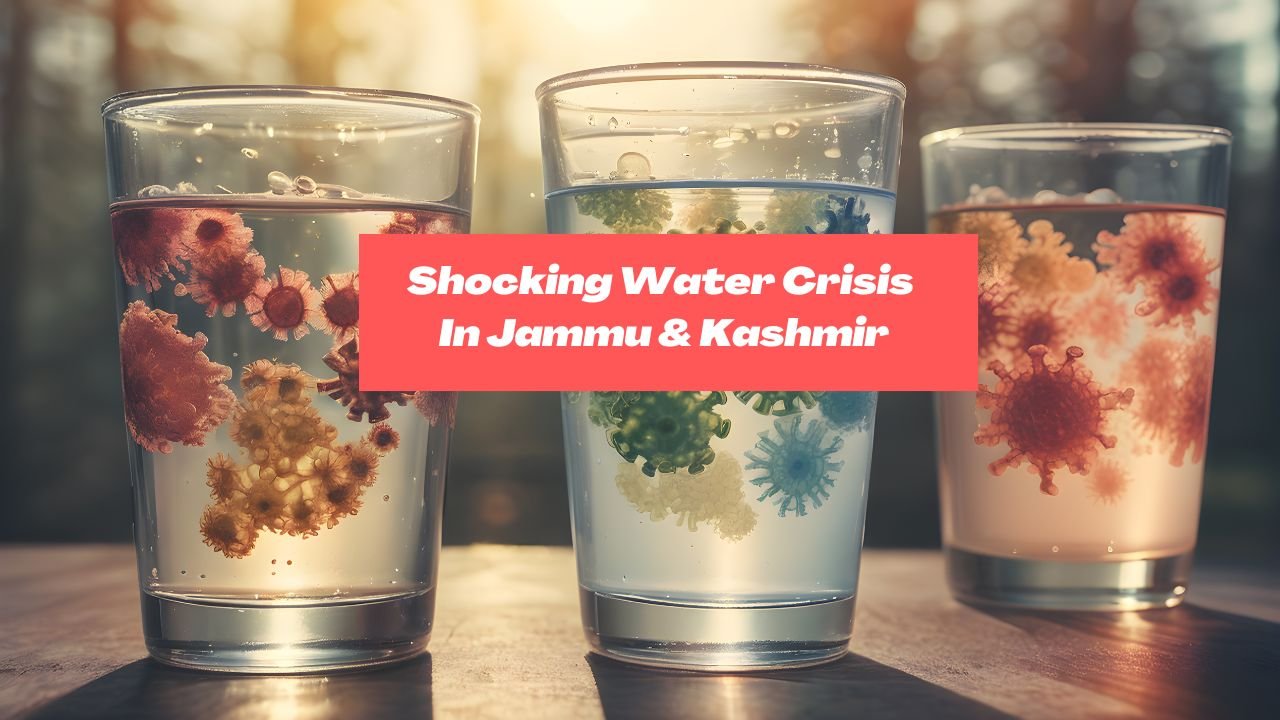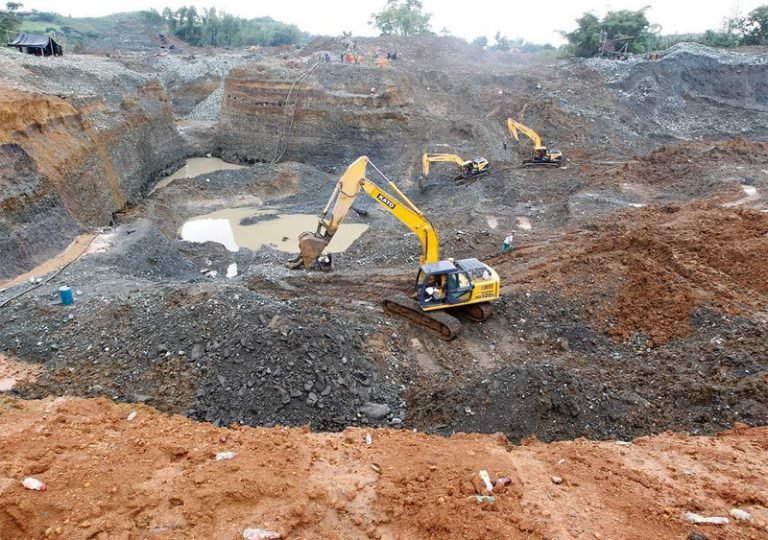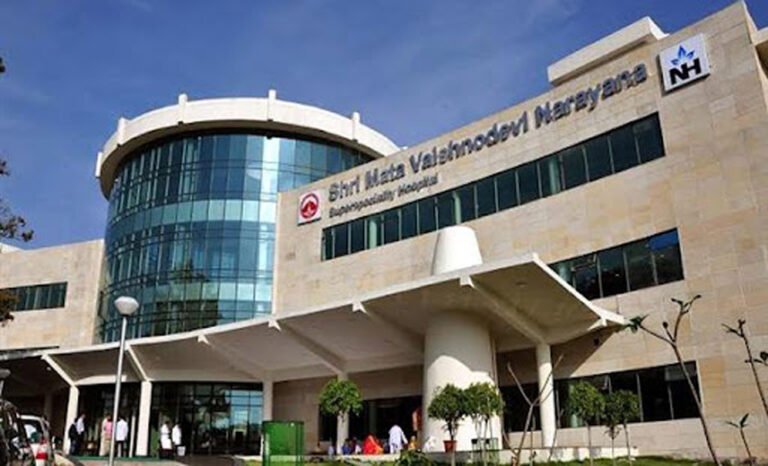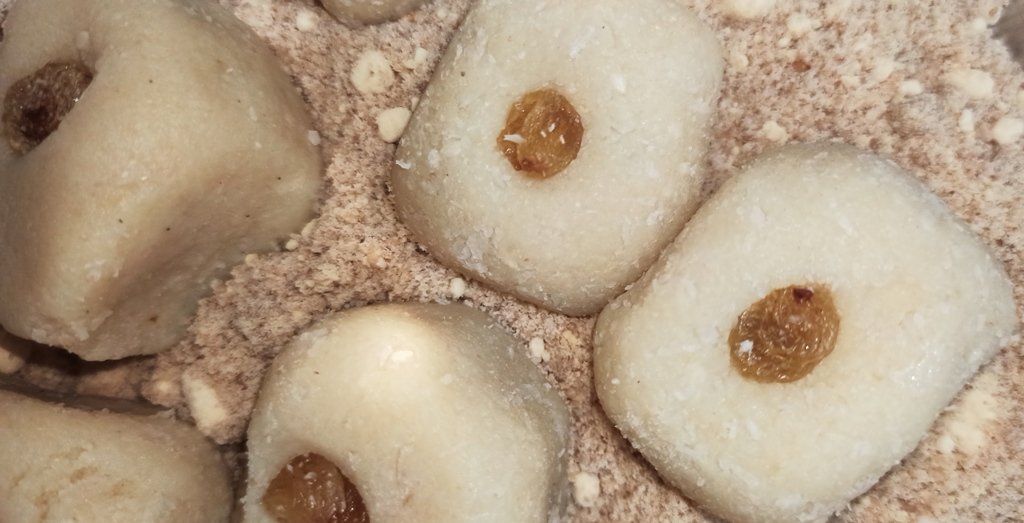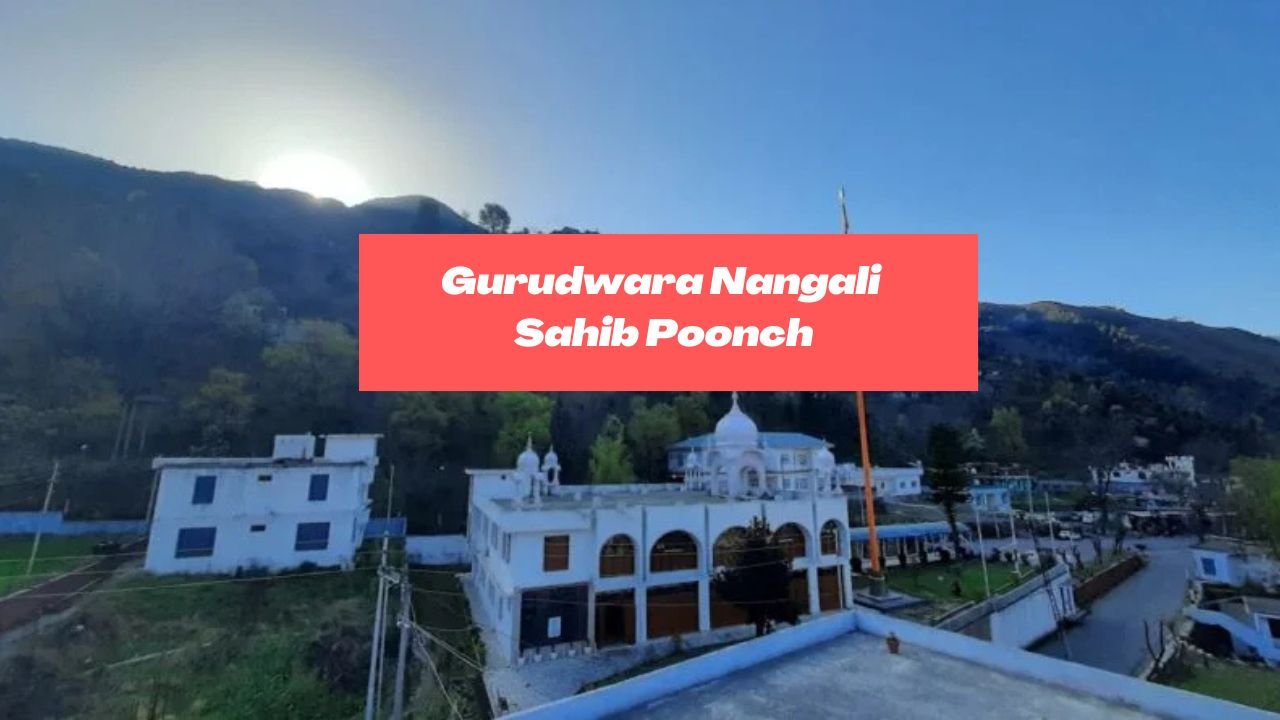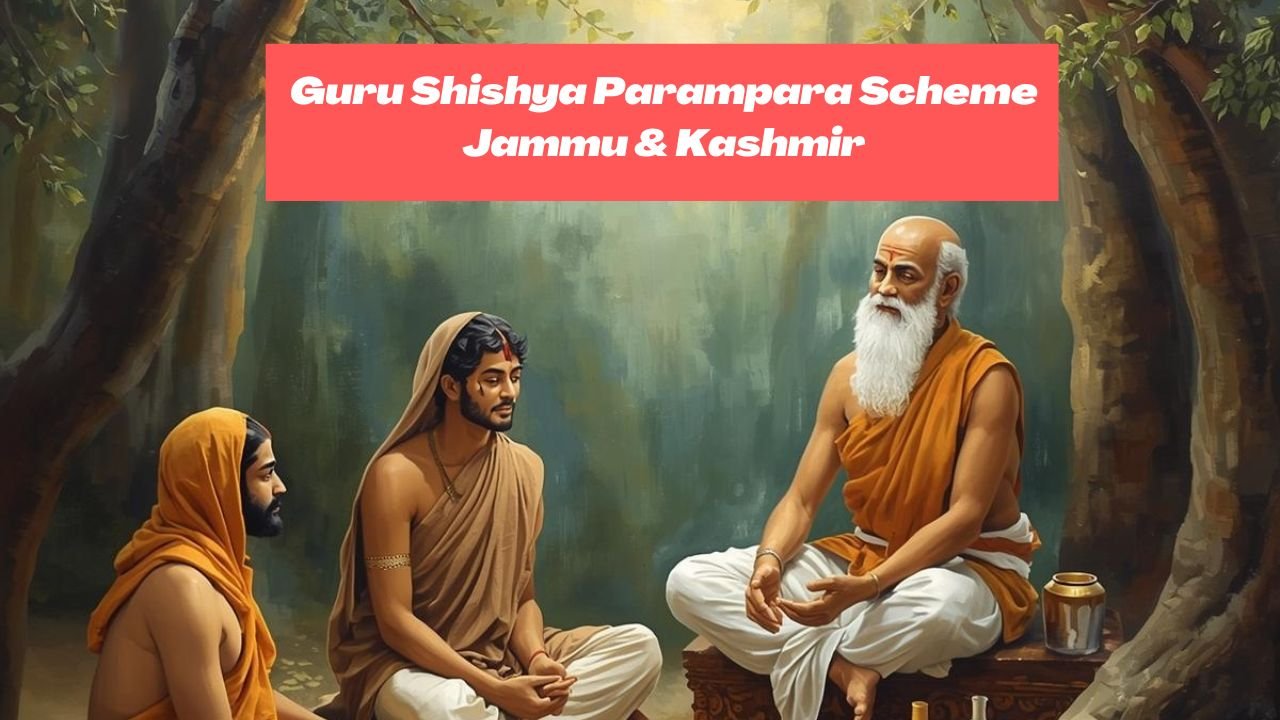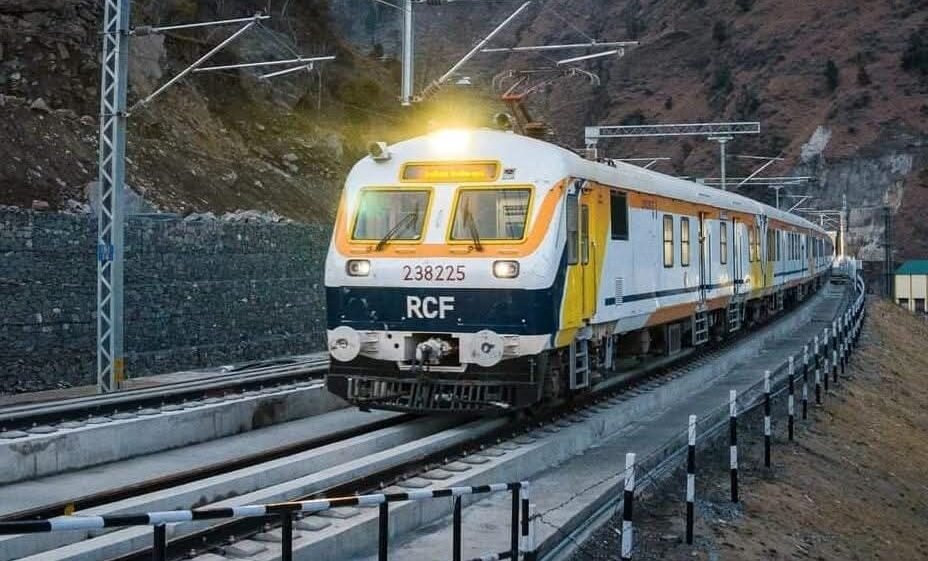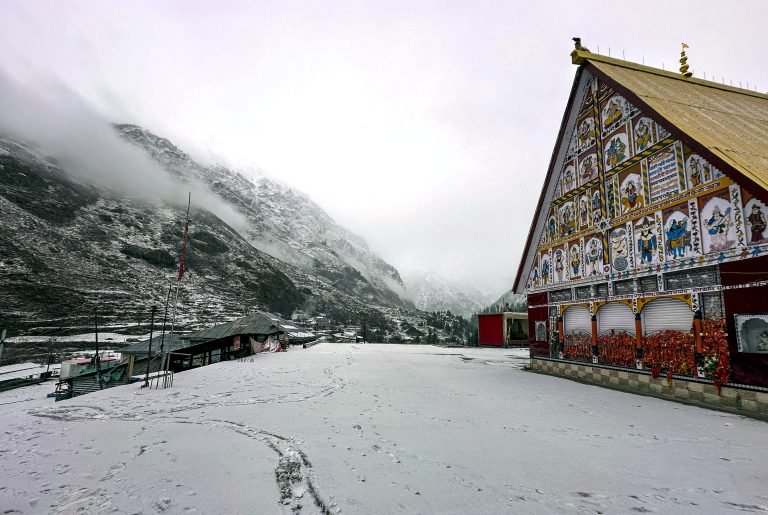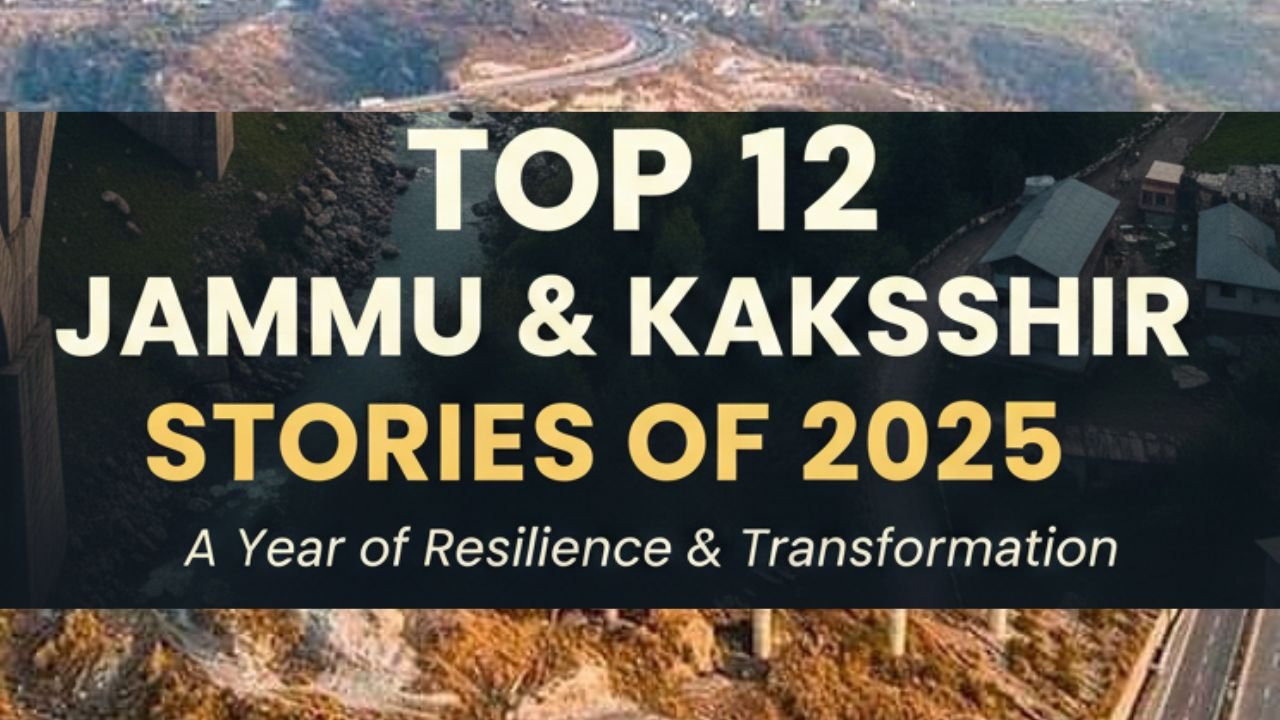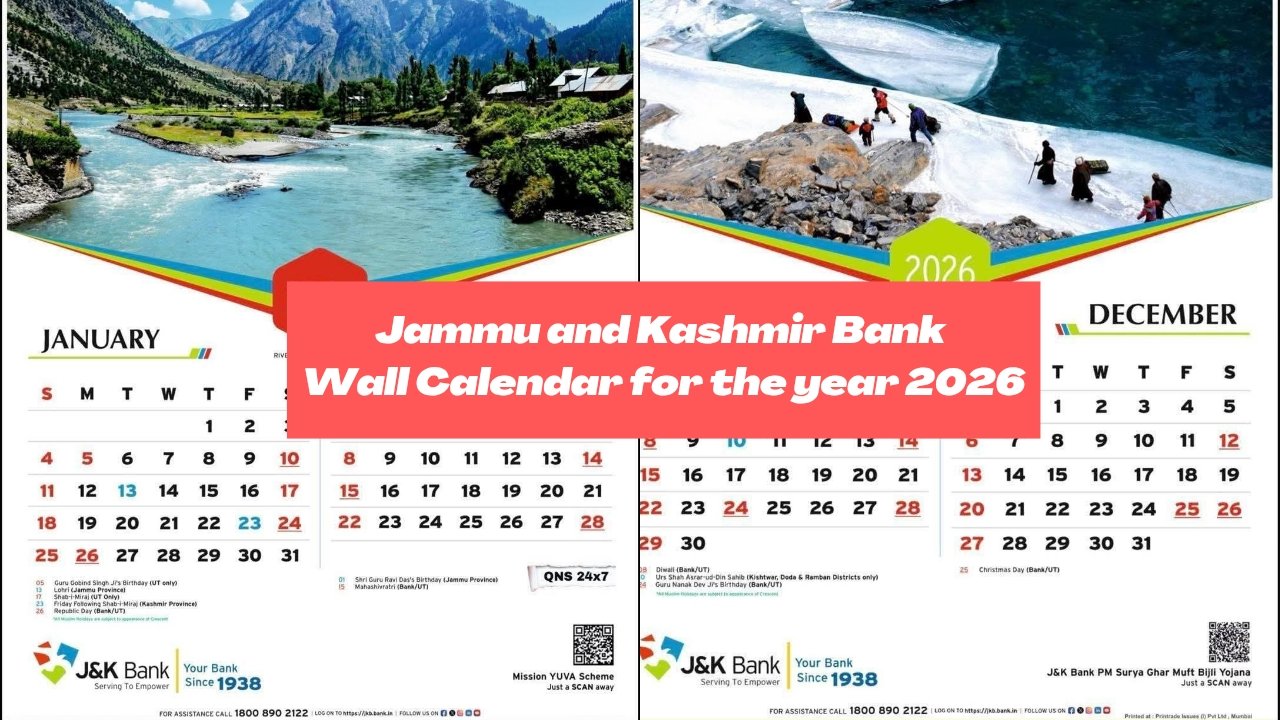Jammu Lok Sabha constituency, nestled in the heart of Jammu and Kashmir, holds a rich political history and significant demographic diversity.

Here are 10 intriguing facts about this pivotal electoral region:
1. Historic Origins: Established in 1962, Jammu Lok Sabha constituency has been a crucial part of the parliamentary landscape in Jammu and Kashmir for over half a century.
2. Vibrant Voter Base: With a staggering voter count of over 17.80 lakh, the constituency boasts a dynamic electorate, reflecting the diverse voices and opinions of the region. Jammu district, the largest in terms of electors, hosts 11,89,389 voters across 11 Assembly Constituencies, while Shri Mata Vaishno Devi Assembly segment in Reasi district records the lowest number with 55,737 voters.
Read Also: 8 Interesting Facts About Amar Mahal in Jammu
3.Gender Representation: In the electoral spectrum, gender parity is evident, with 9,21,095 male voters, 8,59,712 female voters, and 28 transgender individuals registered, showcasing inclusivity in the democratic process.
4.Geographical Span: Jammu Parliamentary Constituency is comprised of 18 Assembly segments and has its spread over three districts of Jammu, Samba and Reasi. It also includes Kalakote and Sundarbani Tehsils of Rajouri district. This constituency extends itself over three Assembly segments of Reasi district (Gulabgarh, Reasi and Mata Vishnu Devi); three segments of Samba district (Ramgarh; Samba and Vijaypur); eleven segments of Jammu district (Samba, Vijaypur, Bishnah, Suchetgarh, RS Pura, Bahu, Jammu East, Nagrota, Jammu West, Jammu north, Marh, Akhnoor, Chhamb); and one segment of Kalakote-Sundarbani from the district of Rajouri. Five – Jammu Lok Sabha constituency presents a mosaic of cultures and communities.
5. Service Voter Participation: Acknowledging the commitment of service personnel to democracy, the constituency accommodates 37,822 service voters, ensuring their voices are heard through 2416 polling stations.
6.District Demographics: Each district within the constituency contributes uniquely to its electoral landscape. Reasi, Samba, Jammu, and Rajouri districts exhibit varying voter demographics, reflecting the region’s socio-political fabric.
7.Record-Breaking Constituencies: From the bustling R S Pura-Jammu South Assembly Constituency to the serene Shri Mata Vaishno Devi Assembly segment, each constituency adds its distinct flavor to the electoral mix.
8.Political Legacy: Over the decades, Jammu Lok Sabha constituency has witnessed a diverse array of political leaders representing its interests, spanning from stalwarts of the Indian National Congress to dynamic figures from the Bharatiya Janata Party and other regional parties namely Inder Jit Malhotra from INC (1962-71), Thakur Baldev Singh Independent, Girdhari Lal Dogra Indian National Congress, Janak Rai Gupta Indian National Congress, Mangat Ram Sharma, Indian National Congress, Vishno Datt Sharma, Bharatiya Janata Party, Chowdhary Talib Hussain, Jammu & Kashmir National Conference, Madan Lal Sharma ,Indian National Congress AND Jugal Kishore Sharma Bharatiya Janata Party.
Read also: How Empowered Are Women In Jammu & Kashmir? Here’s What the Figures Say
9.Shifting Political Tides: The constituency’s political landscape has seen significant shifts, with parties like the BJP, Congress, and the National Conference vying for dominance in different electoral cycles.
10. Recent Elections: The 2019 General Election showcased a spirited electoral battle, culminating in a resounding victory for BJP candidate Jugal Kishore Sharma, highlighting the electorate’s evolving preferences and political dynamics.
Jammu Lok Sabha constituency stands as a testament to the vibrancy of Indian democracy, where every vote counts and every election shapes the course of the nation’s destiny.


